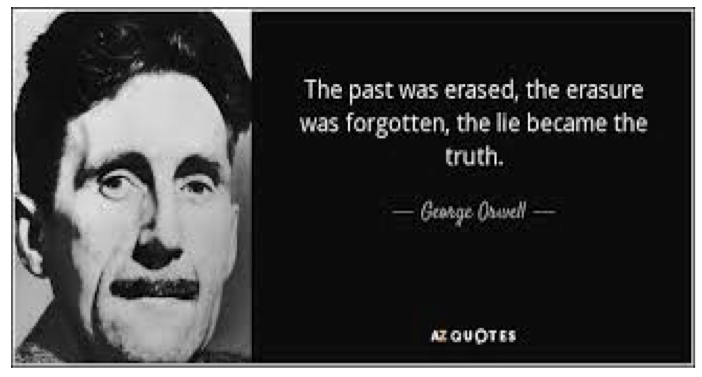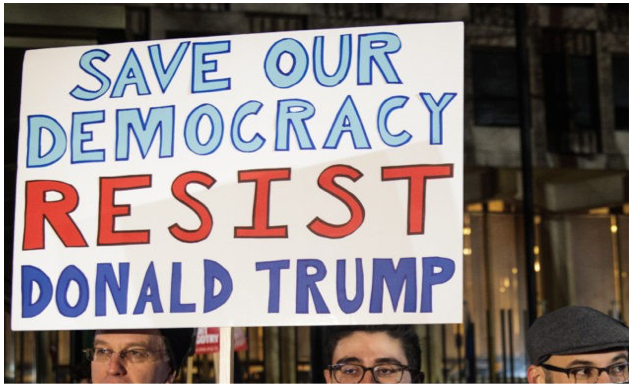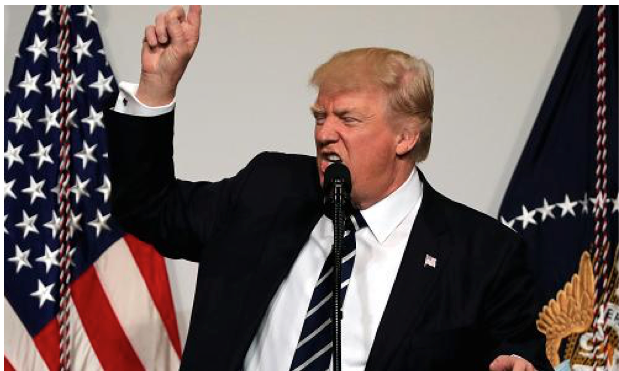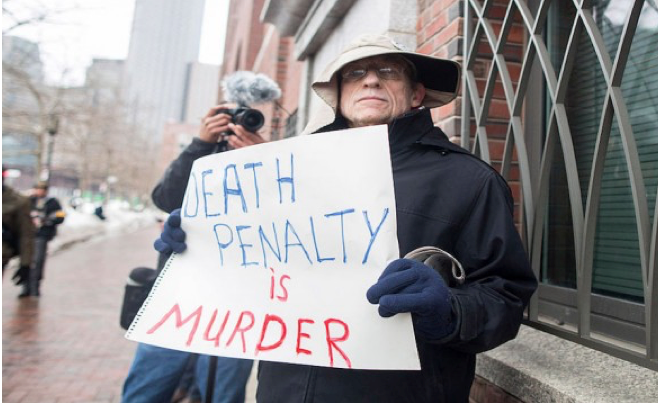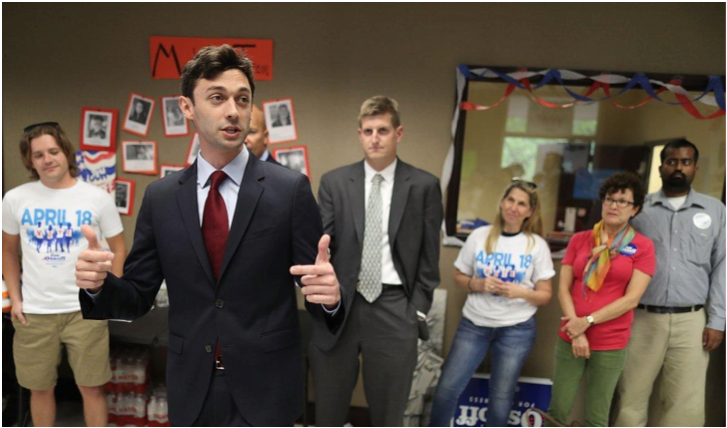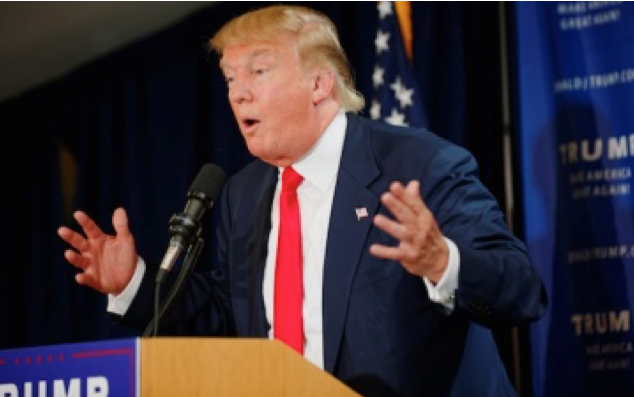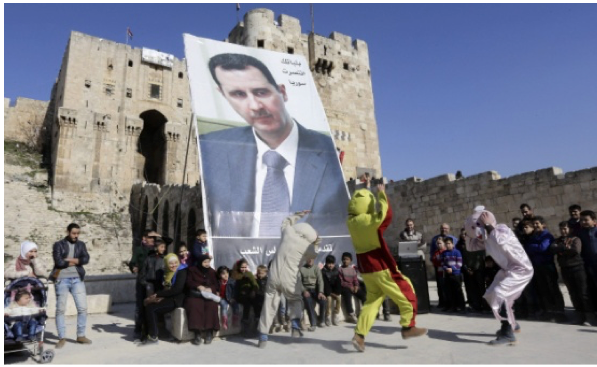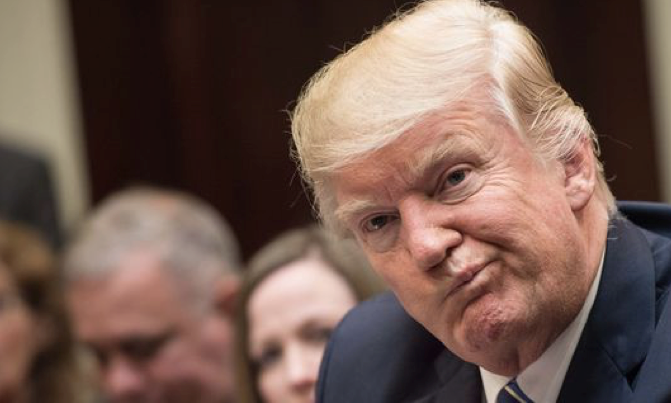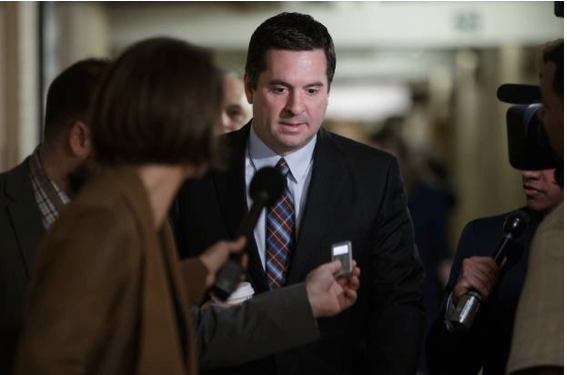We ARE a Pre-Existing Condition
FURTHER--Gone is that loathsome sea of smug, suited, doughy, self-righteous, chortling, older white men in the Rose Garden gleefully celebrating the "moral travesty” of passing a billionaires' tax cut bill uncleverly disguised as a health reform bill that will rob 24 million people, many in the most dire need, of health care.
The House passage of the AHCA will abandon millions to their so-called pre-existing conditions, from AIDS, addiction, asthma and autism through cancer, kidney disease, MS, Parkinson's and yes pregnancy to schizophrenia, sexual assault and ulcers. It will hit a disproportionate number of women and Medicaid recipients particularly hard.
A Washington Post editorial headline cogently sums up the latest cruelty of an already- cruel GOP: "Betrayal, Carelessness, Hypocrisy: The GOP Health Care Bill Has It All."
Before the obscene "party" "celebrating" a trillion-dollar tax cut to the top 2% of Americans came the spectacle of its accomplices blithely streaming out and down the Capitol's broad majestic steps after the vote to the rising sound of protesters chanting, "Shame!" Critics and other sentient beings swiftly joined in the outrage. Talking Points Memo offered crunched numbers and annotated photos of the "Butcher Block Celebration" to show how many constituents of each leering House member will suffer. Enraged constituents flocked to the Facebook pages of House members who voted for the bill, and caustic sites sprang up allowing you to choose your casket or send your remains to Paul Ryan - mailmetothegop.com - after you die of lack of care.
Among the angry hashtags were #ThingsJesusNeverSaid - "The poor shall receive bread and wine, but first we'll give it to the rich and it'll trickle down to you eventually ... Donald my orange son, go forth, take from the sick, bestow their gold on the wealthy, and destroy the world with hate ... Bless the men w/ pills to make their penis stand at attention, but end the place for women to get cancer protection" - and #IAmAPreExistingCondition, documenting hundreds of accounts of adults and, often, children, suffering from illnesses for which they may no longer be able to afford treatment - and, cue reality check, from which any among us may one day suffer.
Among the grievous stories and photos of kids fighting leukemia, Crohn's Disease, cerebral palsy are many brief, grim lists: "2nd trimester pregnancy loss, childhood cancer survivor...Clinical depression, anxiety, scoliosis..Born with a weakened immune system, mental illness, arthritis, migraine...Survived breast cancer ... Stage 4 colon cancer ... I am a woman. Apparently #IAmAPreExistingCondition.
Perhaps Charlie Pierce, often calm before the indignities visited by "an incompetent and vulgar talking yam," best voiced the pure rage sparked by "a bill constructed to be as cruel as possible to as many people as possible ... an altogether remarkable piece of American political history that should follow the people celebrating it to their graves."
"Goddamn them all," he wrote. "Goddamn the political movement that spawned them ... Goddamn anyone who believes that blind, genetic luck is a demonstration of divine design. Goddamn anyone who believes in a god who hands out disease as punishment. Goddamn anyone who stays behind the walls and dances while the plague comes back again."
Above all, say progressive groups, make them pay. Donations to support Democrats for upcoming open Congressional seats - and take back the House from these cretins - are pouring in. You may want blood. Take power instead.
A list of pre-existing conditions no longer covered under #Trumpcare:
AIDS/HIV, acid reflux, acne, ADD, addiction, Alzheimer's/dementia, anemia, aneurysm, angioplasty, anorexia, anxiety, arrhythmia, arthritis, asthma, atrial fibrillation, autism, bariatric surgery, basal cell carcinoma, ipolar disorder, blood clot, breast cancer, bulimia, bypass surgery, celiac disease, cerebral aneurysm, cerebral embolism, cerebral palsy, cerebral thrombosis, cervical cancer, colon cancer, colon polyps, congestive heart failure, COPD, Crohn's disease, cystic fibrosis, DMD, depression, diabetes, disabilities, Down syndrome, eating disorder, enlarged prostate, epilepsy, glaucoma, gout, heart disease, heart murmur, heartburn, hemophilia, hepatitis C, herpes, high cholesterol, hypertension, hysterectomy, kidney disease, kidney stones, kidney transplant, leukemia, lung cancer, lupus, lymphoma, mental health issues, migraines, MS, muscular dystrophy, narcolepsy, nasal polyps, obesity, OCD, organ transplant, osteoporosis, pacemaker, panic disorder, paralysis, paraplegia, Parkinson's disease, pregnancy, restless leg syndrome, schizophrenia, seasonal affective disorder, seizures, sickle cell disease, skin cancer, sleep apnea, sleep disorders, stent, stroke, thyroid issues, tooth disease, tuberculosis, ulcers.
These creeps are coming up for reelection, are vulnerable, and need to go.
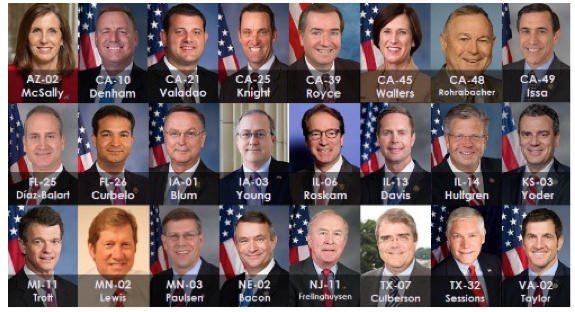
(Abby Zimet writes for Common Dreams … where this perspective was first posted.)
-cw

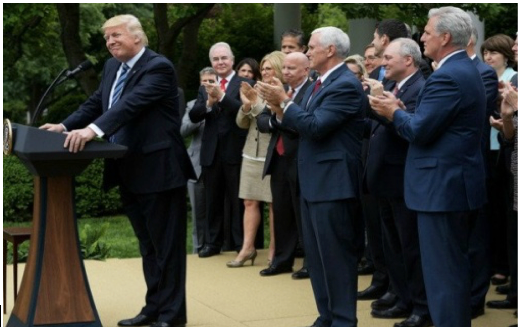

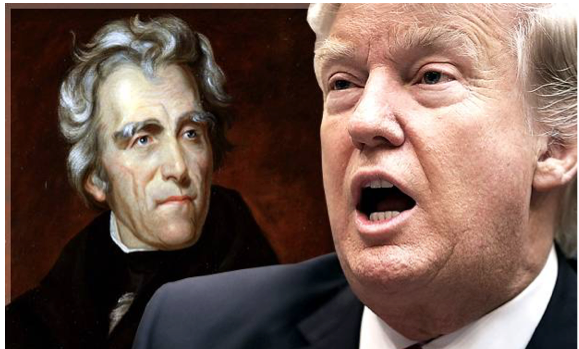

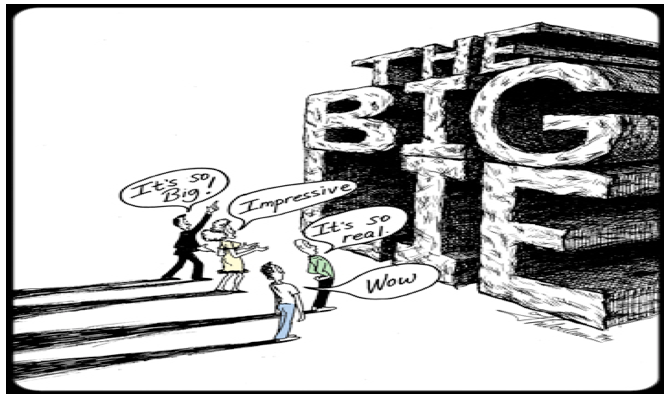

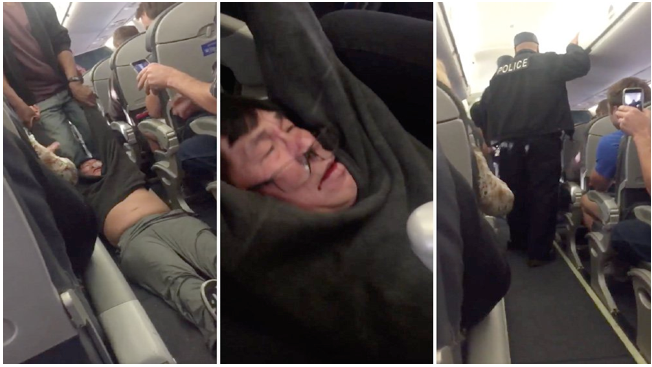
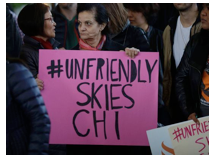 I've rearranged the order of this narrative a bit just to get the more interesting points up front. My lunch companion's first comment was that the largest blame goes to United Airlines for the way they overbooked this flight. I would suggest that there is some nuance in the overall situation and therefore in the argument, because sending flights out full is the way that the industry manages to stay above water financially and, at the same time, sell discounted tickets to all of us over Kayak and Priceline.
I've rearranged the order of this narrative a bit just to get the more interesting points up front. My lunch companion's first comment was that the largest blame goes to United Airlines for the way they overbooked this flight. I would suggest that there is some nuance in the overall situation and therefore in the argument, because sending flights out full is the way that the industry manages to stay above water financially and, at the same time, sell discounted tickets to all of us over Kayak and Priceline. 
